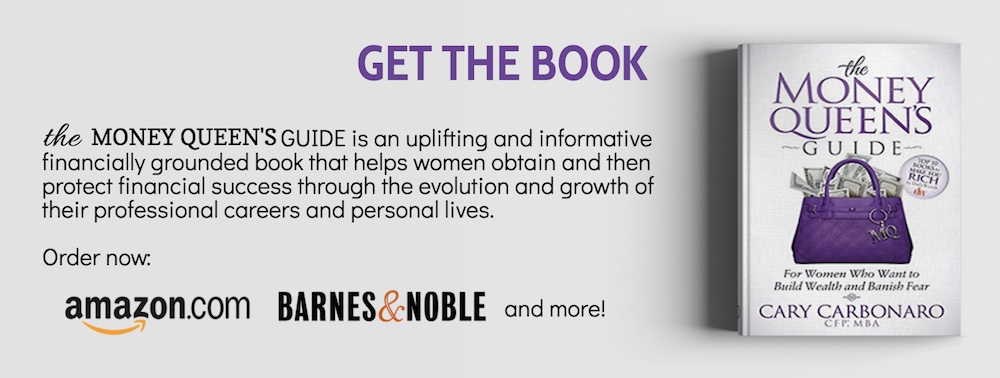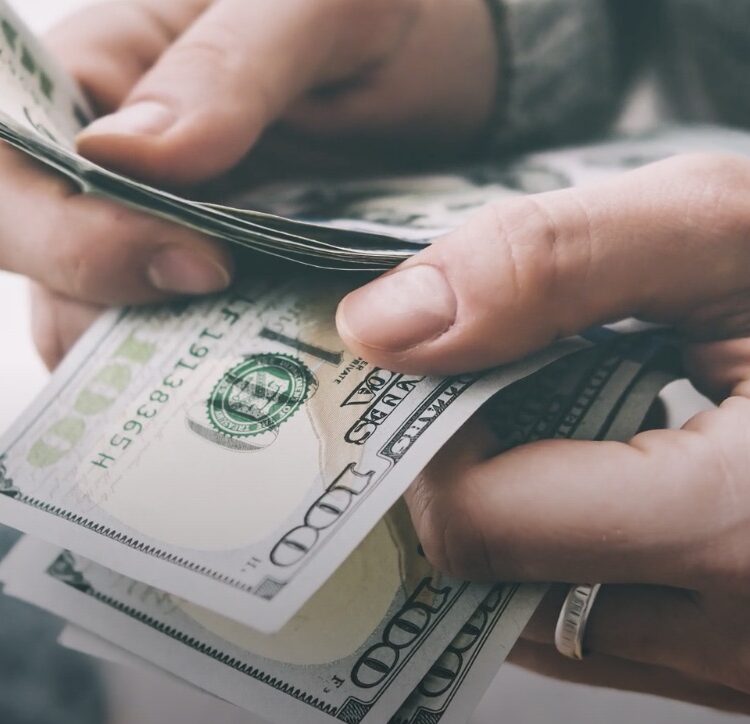
This article was originally published in GOBankingRates.
How I Use Fear to Make Positive Financial Decisions
We are not always aware of our feelings around money or how we react to money decisions. Our responses come from the messages we have internalized over the years, as well as our experiences growing up. They are ingrained in us.
For many of us, the biggest influence on our money decisions is fear. It’s the fear that we will not have enough of it.
The Positives of Fear
Fear is one of the most common mentalities toward money — and it isn’t necessarily all that bad. I have personally always made money decisions out of a desire to protect myself. In fact, my therapist has said to me that my idea of safety would be if I built a money nest and sat inside of it.
I’m not alone in this fear. Many of my female clients think the exact same way that I do. We love to hoard cash.
Those who fall into this fear category tend to be careful, cautious people who live within or below their means. For example, I like to save 50 percent of what I make. Every time someone hears this, they do a double-take: “What? Are you crazy?” But fear-minded folks are prepared for the unexpected.
The Downsides
While there are positives to this mindset, I can speak personally to the negatives of having a fear-driven relationship with money. Fearful people are very slow to make decisions and might miss opportunities. Case in point, my hesitation cost me in the cutthroat New York City real estate market. My biggest regret is that I never owned property in New York City, and I see now how my mindset played a part in that. You usually have to make a decision the same day, and I never could. I experience anxiety when faced with big commitments and refuse to be rushed on a big money decision. I would rather walk away.
Fear-minded folks often make personal sacrifices to maintain security, too. For instance, I gave up many vacations in my 20s because I could not part with the future value of that money. We overemphasize delayed gratification and often prepare for bad results that never materialize.
Fear as an Ally
All that being said, in my case, my instinct for financial self-preservation protected me greatly when I married a man who committed financial infidelity. Financial infidelity occurs when couples with combined finances lie to each other about money. For example, one partner may hide the fact that they are paying against significant debts in a separate account the other partner is unaware of. Another common example is when one partner makes large discretionary expenditures without discussing the matter with their partner.
In my case, it was all of the above. He hid income and assets, to the point of moving assets out of the country. He lied about tax returns, and then kept them under lock and key. He was an attorney and CPA and used his expertise to lie to me, telling me that he was legally required to be listed on all the real estate titles. I was the only one on the mortgage, but I took his lies as truth.
Our divorce exposed the full extent of his financial infidelity. It took me four years and cost me more than six figures to get out of that mess of a marriage. One month, my attorney bill was $30,000, and I had so much money flowing out that I literally could not make it fast enough. But when all my worst financial nightmares had come true, my fear mindset helped me be ready for them.
My fear had made me a saver. My extreme emergency fund — that I saved and invested in for years — rescued me. I can confidently say that being afraid of not having financial protection is what wound up helping me through four years of negative cash flow.
Knowing your mindset when it comes to money can expose both the strengths and drawbacks of your emotional ties to it. I can’t emphasize the importance of this enough. I recommend utilizing a resource such as findyourmoneymind.com, which can lead you on a journey toward a more complete understanding of your financial life. After all, when you know your feelings toward money, you might be able to start using those feelings to your advantage.
This article was originally published in GOBankingRates.





